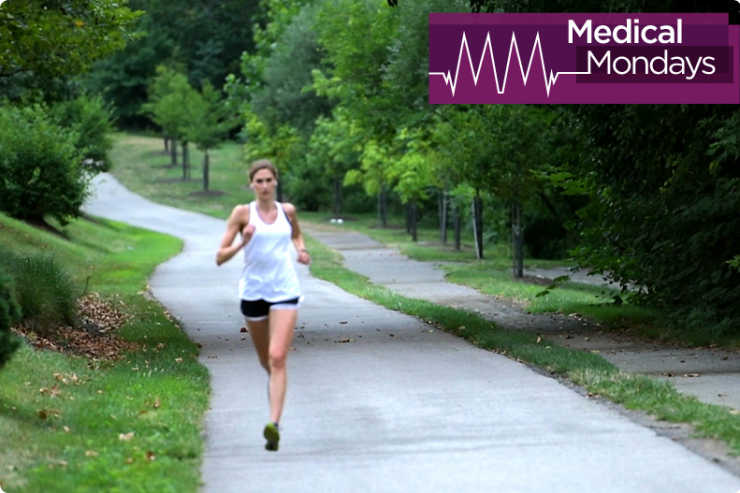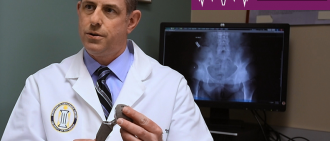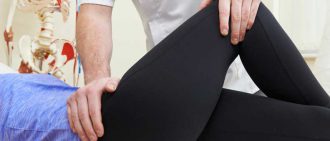UPMC orthopaedic surgeons are experienced in treating people of all ages who experience hip pain or hip disorders.
When nonsurgical options have been exhausted, there are numerous surgeries that can remedy hip disorders, including hip arthroscopy, which became a standard of care within the past decade. At the nationally-ranked UPMC Orthopaedic Care center, our expert physicians strive to get you back on your feet and back to doing what you love in the shortest time possible.
-
My Hip Hurts: Or Is It Back Pain?
Hip pain is a common complaint and frequent reason patients seek help from their doctors, but is the underlying issue back problems? Learn more.Learn More
-
Medical Mondays: Hip Replacement
Pain in your hip from arthritis or other causes can be debilitating and interfere with your quality of life.Learn More
-
What to Expect During Physical Therapy
Physical therapy helps you regain mobility and function after joint replacement surgery. Putting in the hard work helps you get active again.Learn More
-
5 Common Volleyball Injuries and How to Prevent Them
Learn to identify these five common volleyball injuries, including sprains and shoulder tears, and find ways to prevent injury and stay healthy on the court.Learn More
-
Rehabilitation After Hip Arthroscopy
Hip arthroscopy has become an increasingly popular surgical option for younger, active patients experiencing non-arthritic hip pain.Learn More





